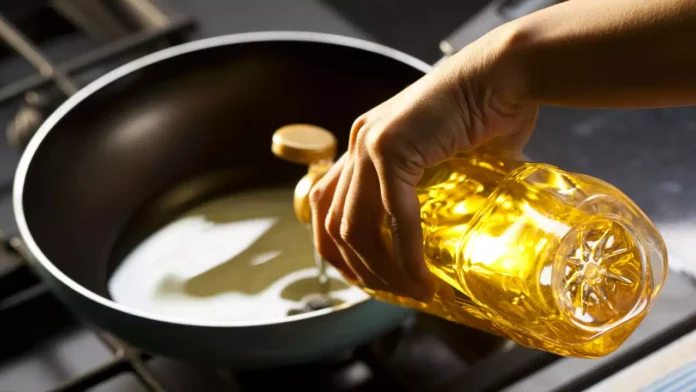In the past decade, the share of vanaspati in the assortment of cooking oils preferred by Indians has nearly halved to 2.88%. Nonetheless, it still commands the second-highest weightage in the wholesale price index (WPI) at 14.35%, following palm oil. In contrast, sunflower and soybean oils, now more commonly consumed, receive lower weightages in the 2011-12 WPI, potentially leading to flawed inflation data.
Recently, the Solvent Extractors’ Association of India (SEA) penned a letter to the Centre, advocating for an adjustment in the weightage of various oils in the WPI to accurately mirror current consumption patterns.
The weightage of edible oils within the food articles category of the WPI stands at 2.64293%, determined by both consumption levels and average prices.
“In recent years, there has been a complete shift in the consumption pattern of edible oils,” stated the association in a letter addressed to the consumer affairs ministry.
Continue Exploring: Rise in out-of-home dining and processed foods: Indians cooking less at home than a decade ago, reports show
The association highlighted that price sensitivity and availability are the primary factors driving the shift in cooking oil consumption patterns, with health considerations following closely behind.
While regional preferences exist, with mustard oil favored in northern India and copra oil in Kerala, industry veterans note that groundnut oil held sway as the predominant choice across most regions of the country until five to six decades ago.
Atul Chaturvedi, chairman of the Asian Palm Oil Alliance, mentioned that during the 1960s and 1970s, groundnut oil dominated as the primary cooking oil across much of the country. Moreover, it served as a key ingredient in vanaspati production. However, while groundnut production remains steady, a considerable portion is now being directed towards exports. Simultaneously, the demand for groundnuts as a snack has surged, resulting in diminished availability for cooking oil.
This shift has led to groundnut oil becoming one of the most expensive cooking oils in the country over the past decade. Palm oil has largely taken over the role previously held by vanaspati.
Not only have Indians altered their oil preferences, but they’re also consuming more oil per person.
Chaturvedi said, “The per capita consumption of cooking oils increased from 7 kg in the early 1980s to 18 kg today.”
As per the SEA, the consumption of specific edible oils referenced in the WPI during 2022-23 stood at approximately 26.03 million tonnes. Among these, vanaspati consumption accounted for about 750,000 tonnes or 2.88%. However, according to the WPI 2011-12, its weightage was 14.35%.
The past year has witnessed a notable increase in the consumption of soybean and sunflower oils, largely attributed to their comparatively lower prices in international markets originating from Ukraine and the Russian region around the Black Sea, when contrasted with palm oil.
Continue Exploring: Annapurna Swadisht enters edible oil market with acquisition of Arati mustard oil brand for INR 28 Crore
Although soybean oil constitutes nearly 20.15% of total consumption, its weightage in the WPI is only 12.96%. The consumption of soybean oil surged, doubling from 2.67 million tonnes in 2011-12 to 5.25 million tonnes in 2022-23.
In WPI 2011-12, sunflower oil was assigned a weightage of 8.75%, whereas its current share in total consumption stands at 11.16%. Sunflower oil consumption has risen to 2.9 million tonnes in 2022-23 from 1.05 million tonnes in 2010-11.
Chaturvedi pointed out, “The stagnant production of palm oil in Indonesia and Malaysia, coupled with its increasing diversion for biodiesel, has made palm oil more expensive compared to relatively premium oils like sunflower and soybean oil.”
The share of palm oil in total cooking oil use has dropped to 36% from 44.7% in 2014–15 (it was 39.9% in 2010–11).
Continue Exploring: India’s sunflower oil imports skyrocket by 51% in March, pushing palm oil to lowest levels since 2023



